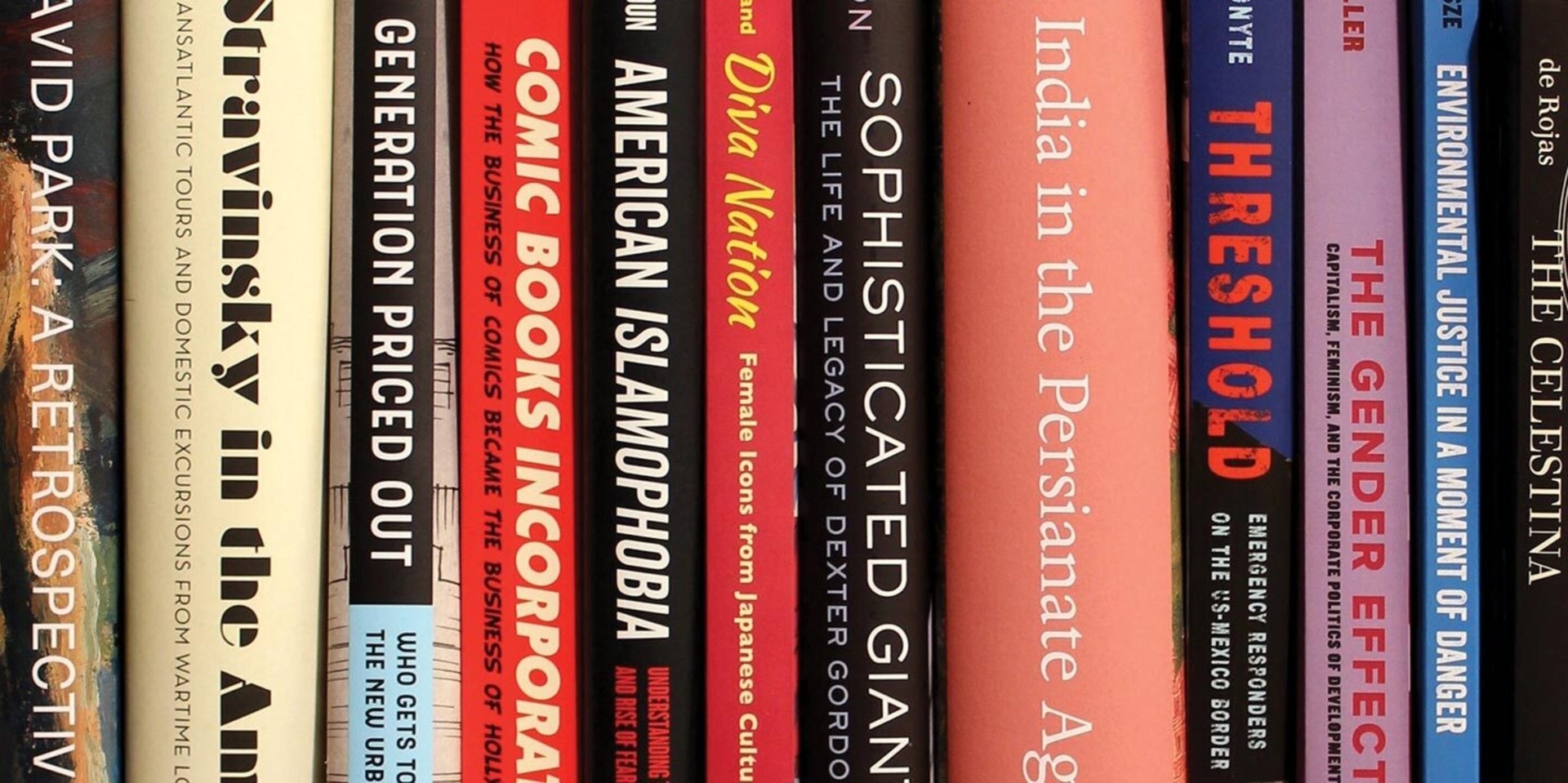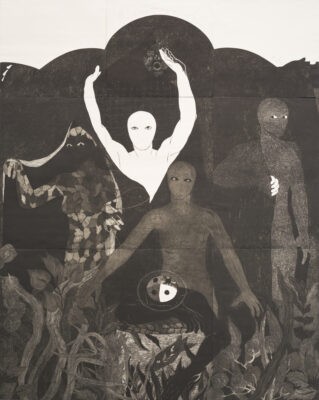Local Color
The Caribbean port city of Veracruz is many things. It is where the Spanish first settled and last left the colony that would go on to become Mexico. It is a destination boasting the “happiest Carnival in the world,” nightly live music, and public dancing. It is also where Blackness is an integral and celebrated part of local culture and history, but not of the individual self. In Local Color: Reckoning with Blackness in the Port City of Veracruz (University of California Press, 2025), anthropologist Karma F. Frierson follows Veracruzanos as they reckon with the Afro-Caribbean roots of their distinctive history, traditions, and culture. As residents learn to be more jarocho, or more local to Veracruz, Frierson examines how people both internalize and externalize the centrality of Blackness in their regional identity. Frierson provocatively asks readers to consider a manifestation of Mexican Blackness unconcerned with self-identification as Black in favor of the active pursuit and cultivation of a collective and regionalized Blackness.
Karma F. Frierson is Assistant Professor of Black Studies at the University of Rochester.
Reighan Gillam is Associate Professor in the Department of Latin American, Latino, and Caribbean Studies at Dartmouth College. Her research examines the ways in which Afro-Brazilian media producers foment anti-racist visual politics through their image creation. She is the author of Visualizing Black Lives: Ownership and Control in Afro-Brazilian Media (University of Illinois Press).




















